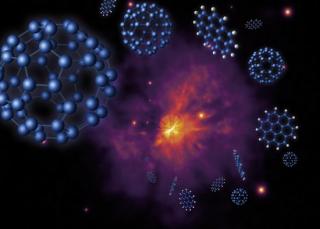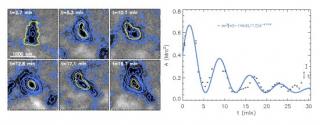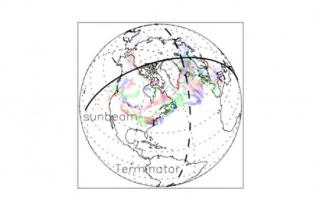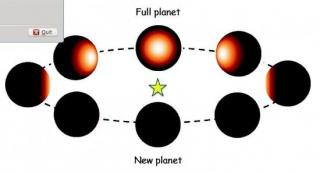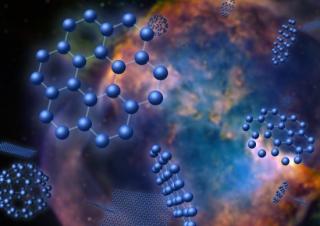
Nobel-prize winning scientists (2010), Andre Geim and Konstantin Novoselov, synthesized graphene in the laboratory in 2004. Just seven years later, this material of extraordinary strength, thinness and elasticity may have been found in space. The first evidence of the possible existence of C 24 - a flat two-dimensional molecule, one atom thick, possibly a "small piece of graphene - in space has been found. To confirm beyond a doubt that what has been detected is actually C 24, laboratory spectroscopy would have to be carried out, something which is practically impossible with current
Advertised on
